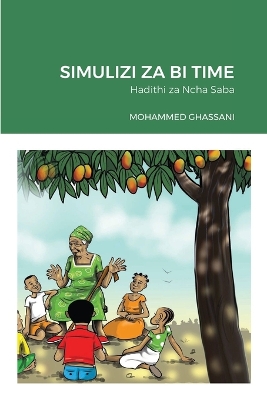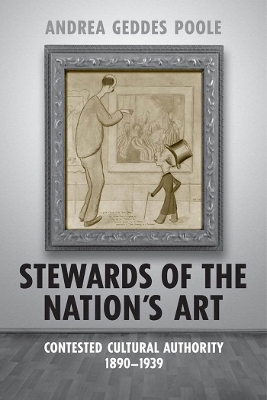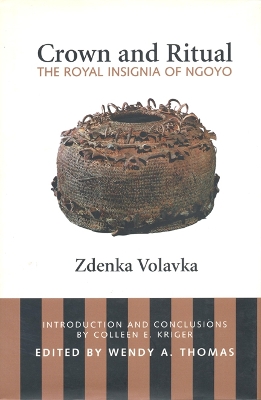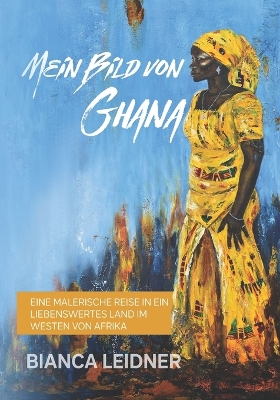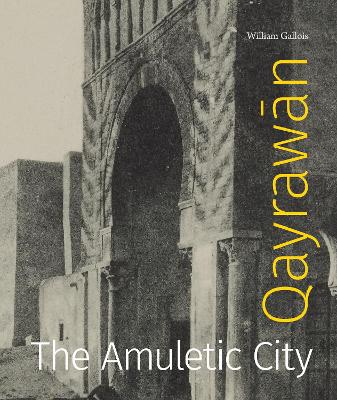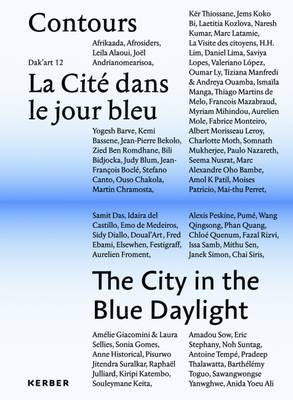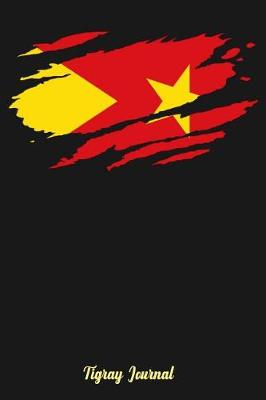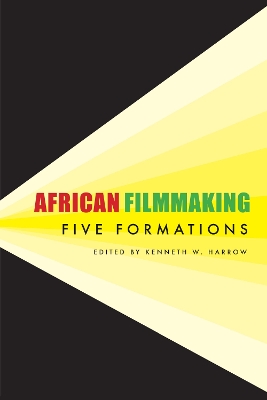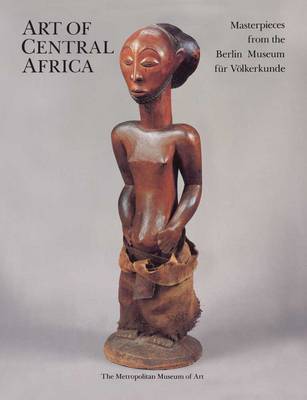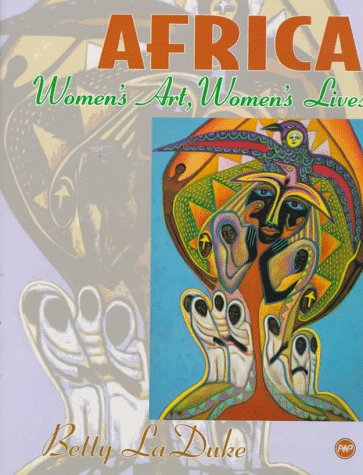Between 1890 and 1939, the groups of men involved in running Britain's four main public art galleries - the National Gallery, the Tate Gallery, the Wallace Collection, and the National Portrait Gallery - were embroiled in continuous power struggles. Stewards of the Nation's Art examines the internal tensions between the galleries' administrative directors, the aristocrats dominating the boards of trustees, and those in the Treasury who controlled the funds as well as board appointments. Andrea...
One day, more than twenty years ago, Zdenka Volavka found a lost treasure: the investiture regalia of the African kingdom of Ngoyo, dating from the Iron Age of the second millennium. The plaited copper crown or mpu, turned upside-down and filled with a jumble of metal objects, was on display in the MusTe de l'Homme in Paris, ignominiously labelled as a 'fishing basket.' These objects became the focus of Volavka's research in her remaining years, and form the subject of her book. Combining exten...
A lavishly illustrated selection of highlights from the Art Institute of Chicago’s extraordinary collection of the arts of Africa Featuring a selection of more than 75 works of traditional African art in the Art Institute of Chicago’s collection, this stunning volume includes objects in a wide variety of media from regions across the continent. Essays and catalogue entries by leading art historians and anthropologists attend closely to the meanings and materials of the works themselves in addi...
In the last years of the nineteenth century, the Tunisian city of Qayrawān suddenly found itself covered in murals. Concentrated on and around the city’s Great Mosque, these monumental artworks were only visible for about fifty years, from the 1880s through the 1930s. This book investigates the fascinating history of who created these outdoor paintings and why. Using visual archaeological methods, William Gallois reconstructs the visual history of these works and vividly brings them back to lif...
The City in the Blue Daylight
by Azu Nwagbogu, Delphine Calmettes, Elvira Dyangani Ose, Mara Ambrozic, Marilyn Douala-Bell, Marion Louisgrand, Nadine Aime Bilong aka Nad Bil, Orlando Britto, and Simon Njami
This text is a survey of North African textiles from ancient Egypt to the present day. It is published to accompany two exhibitions at the Museum of Mankind: "Modesty and Display: North African Textiles" and "Secular and Sacred: Ethopian Textiles". The rich textile tradition of North Africa is the result of centuries of diverse cultural influences. The civilizations of ancient Egypt, Carthage, Rome and Greece had left their mark well before the Arab invasion of the 8th century, while more recent...
This volume attempts to join the disparate worlds of Egyptian, Maghrebian, South African, Francophone, and Anglophone African cinema - that is, five “formations” of African cinema. These five areas are of particular significance - each in its own way. The history of South Africa, heavily marked by apartheid and its struggles, differs considerably from that of Egypt, which early on developed its own “Hollywood on the Nile.” The history of French colonialism impacted the three countries of the Ma...
The Museum fur Voelkerkunde in Berlin is one of the world's foremost museums of anthropology, and the art of Central Africa is only one of the many strengths of its extensive African holdings. Although these important works have long been known and admired by scholars and collectors of African art through the museum's comprehensive program of publications, they have only occasionally been on public display in its galleries since 1945. The exhibition highlights the Museum fur Voelkerkunde's coll...
"White on Black" is a history of the development of stereotypes of black people in Europe and America from the late 18th century. Its purpose is to show the pervasiveness of prejudice against Blacks throughout the Western world as expressed in stock-in-trade racist imagery and pariah caricatures. Its effects, using a range of powerful illustrations, is to tease out the hidden assumptions of even those who view themselves as unprejudiced. The book looks chronologically at "Europe's Africa", from...

